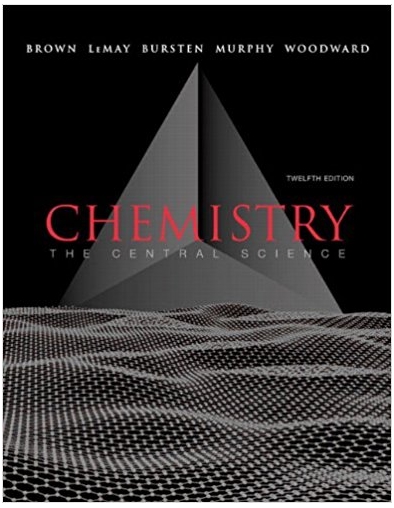1. In part A, the crucible was not fired before burning the magnesium. When the magnesium was burned, volatile impurities in the crucible were burned
1. In part A, the crucible was not "fired" before burning the magnesium. When the magnesium was burned, volatile impurities in the crucible were burned off. Will this error increase, decrease, or not affect the ratio of magnesium to oxygen determined and the empirical formula found?
2. In part A, a student did not completely burn all the magnesium and some un-burned magnesium remained. How will this affect the empirical formula found?
3. In part A, a student forgot to allow some air (oxygen) to get into the crucible while burning the magnesium. The oxygen insufficiency resulted in the formation of the magnesium nitride (Mg3N2) instead of the magnesium oxide. How will this error affect the magnesium-to-oxygen ratio and the empirical formula found?
4. In part B, a student burned the hydrate over a very intense heat, and some of the copper(II) sulfate was turned into a copper(II) oxide. Will the number of waters of hydration determined be too high, too low, or remain the same?
5. In part B, a student forgot to place the heated sample in the dessicator while cooling, and some water was re-absorbed by the copper (II) chloride. Will the number of waters of hydration determined be too high, too low, or remain the same?
Step by Step Solution
3.47 Rating (154 Votes )
There are 3 Steps involved in it
Step: 1
1 It will not affect the ratio of magnesium to oxygen becauseonly volatile par...
See step-by-step solutions with expert insights and AI powered tools for academic success
Step: 2

Step: 3

Ace Your Homework with AI
Get the answers you need in no time with our AI-driven, step-by-step assistance
Get Started


